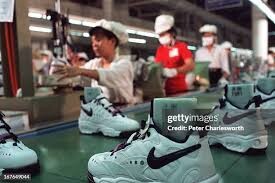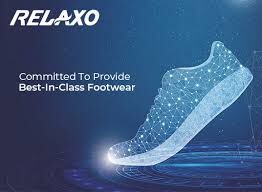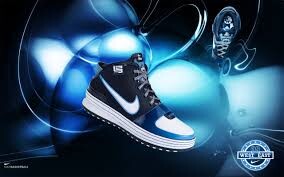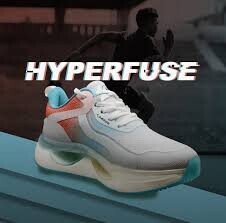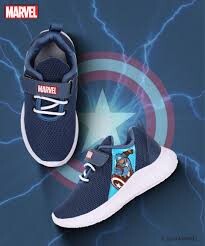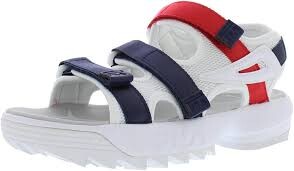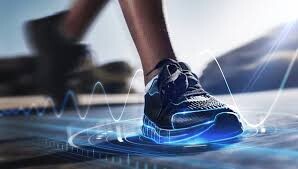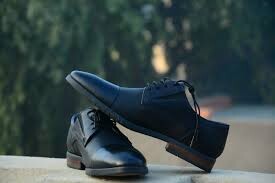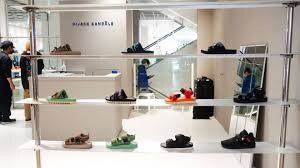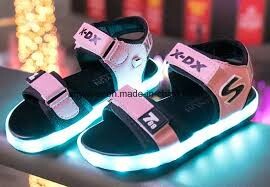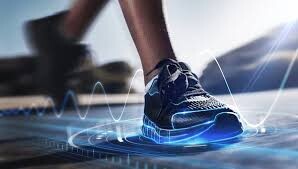Whether you’re a runner, a cyclist, or someone who hits the gym a few times a week, your footwear choices play a major role in your performance, safety, and endurance. Different sports and physical activities place unique demands on your feet, ankles, and joints. Wearing the wrong shoes can lead to pain, discomfort, or even serious injury.
This comprehensive blog will guide you through the best types of footwear for various sports and activities—from running and hiking to gym training, cycling, and beyond. We’ll break down the essential features to look for, and explain why it truly matters to match your shoes to your movement.
Running Shoes: Built for Repetition and Impact
Running is a high-impact activity that requires shoes specifically designed for shock absorption, flexibility, and proper gait alignment.
🏃♂️ Key Features:
- Cushioning in the heel and forefoot to absorb impact.
- Arch support based on your foot type (neutral, flat, or high-arched).
- Lightweight design for speed and efficiency.
- Breathable upper for ventilation.
- Durable outsole for road or trail surfaces.
🛑 Why It Matters:
Running shoes help prevent shin splints, plantar fasciitis, knee pain, and stress fractures. Shoes that don’t match your foot type or stride can lead to long-term injuries.
✅ Best for:
- Road runners
- Treadmill runners
- Marathon and distance training
Tip: Replace running shoes every 500–700 km to maintain support and shock absorption.
Trail Running Shoes: Off-Road Ready
If you love running on trails, hills, or rocky terrain, trail running shoes are a must.
🥾 Key Features:
- Aggressive tread for grip on mud, rocks, and dirt.
- Reinforced toe cap to protect against impact.
- Water-resistant or waterproof uppers.
- Firm heel counter for stability.
🛑 Why It Matters:
Regular running shoes can slip on trails or wear out quickly on rough terrain. Trail shoes provide grip, protection, and balance in uneven outdoor conditions.
Walking Shoes: Low-Impact Comfort
Walking may seem simple, but dedicated walking shoes offer features that make long strolls much more comfortable.
🚶♀️ Key Features:
- Moderate cushioning and heel shock absorption.
- Stability and arch support to avoid foot fatigue.
- Flexible forefoot to allow smooth heel-to-toe transition.
- Lightweight and breathable materials.
✅ Best for:
- Daily walking
- Travel
- Low-impact fitness routines
Tip: Avoid running shoes for walking long distances—they’re often built for forward momentum rather than a natural stride.
Cross-Training Shoes: Versatile for Gym Workouts
Cross-training shoes are designed to handle a variety of movements, making them ideal for gym-goers who switch between cardio, lifting, and agility exercises.
🏋️ Key Features:
- Multi-directional support (great for side-to-side movements).
- Flat, stable sole for lifting weights.
- Durable construction for high-impact classes like HIIT.
- Supportive uppers to lock the foot during quick changes in direction.
🛑 Why It Matters:
Using running shoes for cross-training can cause instability during lateral movements or lifting exercises. Cross-trainers reduce risk of ankle rolls and improve balance under load.
Weightlifting Shoes: Solid Foundation for Strength
Weightlifting demands maximum stability and posture control, especially during squats, deadlifts, and Olympic lifts.
🏋️♂️ Key Features:
- Raised heel (typically 0.5″–1″) to improve squat depth and posture.
- Hard, non-compressible sole for better force transfer.
- Strap or lace lock system to prevent shifting.
✅ Best for:
- Olympic weightlifting
- Powerlifting
- Barbell strength training
Note: Avoid running shoes while lifting—they’re too soft and can affect your form and power transfer.
Hiking Shoes and Boots: Grip and Support in the Wild
For hikes across rocky, uneven, or steep trails, hiking footwear provides critical protection and support.
🥾 Key Features:
- Rugged outsole with deep lugs for traction.
- High-ankle support (in boots) to prevent rolling.
- Waterproof or water-resistant lining (GORE-TEX or similar).
- Toe protection and sturdy build for stability.
✅ Choose Based On:
- Hiking shoes: Best for light trails or day hikes.
- Hiking boots: Ideal for long treks, uneven terrain, or backpacking.
🛑 Why It Matters:
Ordinary sneakers wear out quickly and can lead to blisters or twisted ankles. Hiking footwear ensures you stay upright and injury-free.
Cycling Shoes: Efficiency and Pedal Power
Cycling shoes improve energy transfer, pedal control, and endurance—whether on the road or in a spin class.
🚴 Key Features:
- Stiff soles to maximize pedal power.
- Clip-in cleats (SPD, LOOK, etc.) for road or MTB compatibility.
- Breathable, aerodynamic uppers.
- Lightweight frame to reduce fatigue.
✅ Types:
- Road cycling shoes: Lightweight and streamlined.
- Mountain biking shoes: Durable, with grippy soles for walkability.
- Indoor cycling shoes: Often similar to road shoes but with added comfort.
🛑 Why It Matters:
Wearing sneakers on clip pedals wastes energy and can be dangerous. Cycling shoes provide the locked-in support needed for high performance and joint safety.
Court Sports Shoes: Tennis, Badminton, Volleyball
These sports involve quick side-to-side, backward, and jumping movements—not just forward motion.
🎾 Key Features:
- Lateral support and reinforced midfoot area.
- Non-marking rubber outsoles for indoor use.
- Shock-absorbing cushioning.
- Grippy soles for fast stops and starts.
✅ Best For:
- Tennis
- Basketball
- Squash
- Pickleball
- Badminton
🛑 Why It Matters:
Running shoes can cause instability in lateral movement. Court shoes reduce injury risk during pivots, jumps, and short sprints.
Soccer, Football & Cleated Sports: Grip and Ground Contact
Cleats are essential in field sports, offering traction and speed on grass or turf.
⚽ Key Features:
- Studs/cleats for grip.
- Lightweight construction for agility.
- Tight fit for ball control (in soccer).
✅ Types:
- Firm ground (FG): For dry, natural grass.
- Soft ground (SG): For wet, muddy fields.
- Artificial ground (AG): For turf or synthetic surfaces.
🛑 Why It Matters:
Wearing inappropriate cleats can lead to slipping, poor control, or knee strain—each type is engineered for a specific surface.
Barefoot and Minimalist Shoes: Natural Feel with Caution
For those who prefer a “barefoot” experience, minimalist shoes offer minimal cushioning and maximum ground contact.
🦶 Key Features:
- Thin soles (0–4 mm drop).
- Flexible construction.
- Zero-drop heel to promote natural gait.
✅ Best For:
- Natural movement training
- Light running (on soft surfaces)
- Yoga or mobility work
🛑 Warning:
Transition slowly to avoid calf strain or plantar injury. Not suitable for beginners or people with flat feet or arch issues.
Indoor Activities: Yoga, Pilates, Dance
Some activities don’t require traditional shoes, but you still need foot support or protection.
🧘 Key Features:
- Grippy soles or no-slip socks for balance.
- Lightweight and flexible material for freedom of movement.
- Minimal cushioning to maintain foot-to-floor connection.
✅ Best For:
- Yoga
- Pilates
- Barre
- Dance Fitness (e.g., Zumba)
Some brands now offer yoga shoes or barefoot grip trainers specifically for these low-impact activities.
Recovery and Post-Workout Shoes: Let Your Feet Breathe
Recovery is an essential part of training, and your feet need care too.
🩴 Best Recovery Options:
- Slides with arch support (like Oofos).
- Cushioned sandals.
- Compression socks and supportive slippers for circulation.
Wearing recovery footwear after intense workouts reduces fatigue and promotes muscle repair.
Conclusion: Right Shoes, Right Performance
Wearing the right shoes is about more than comfort—it’s about safety, efficiency, and maximizing your potential in any sport. Ill-fitting or inappropriate footwear can lead to poor posture, joint strain, and injury.
By understanding which shoes are best for specific activities, you ensure:
- Better performance
- Lower injury risk
- Greater comfort and endurance
So whether you’re lifting weights, hitting the track, or cycling uphill, make sure your shoes are supporting every step, stride, and squat.
Looking for specific shoe recommendations for your sport? Drop your activity in the comments, and we’ll help you find the perfect pair!





